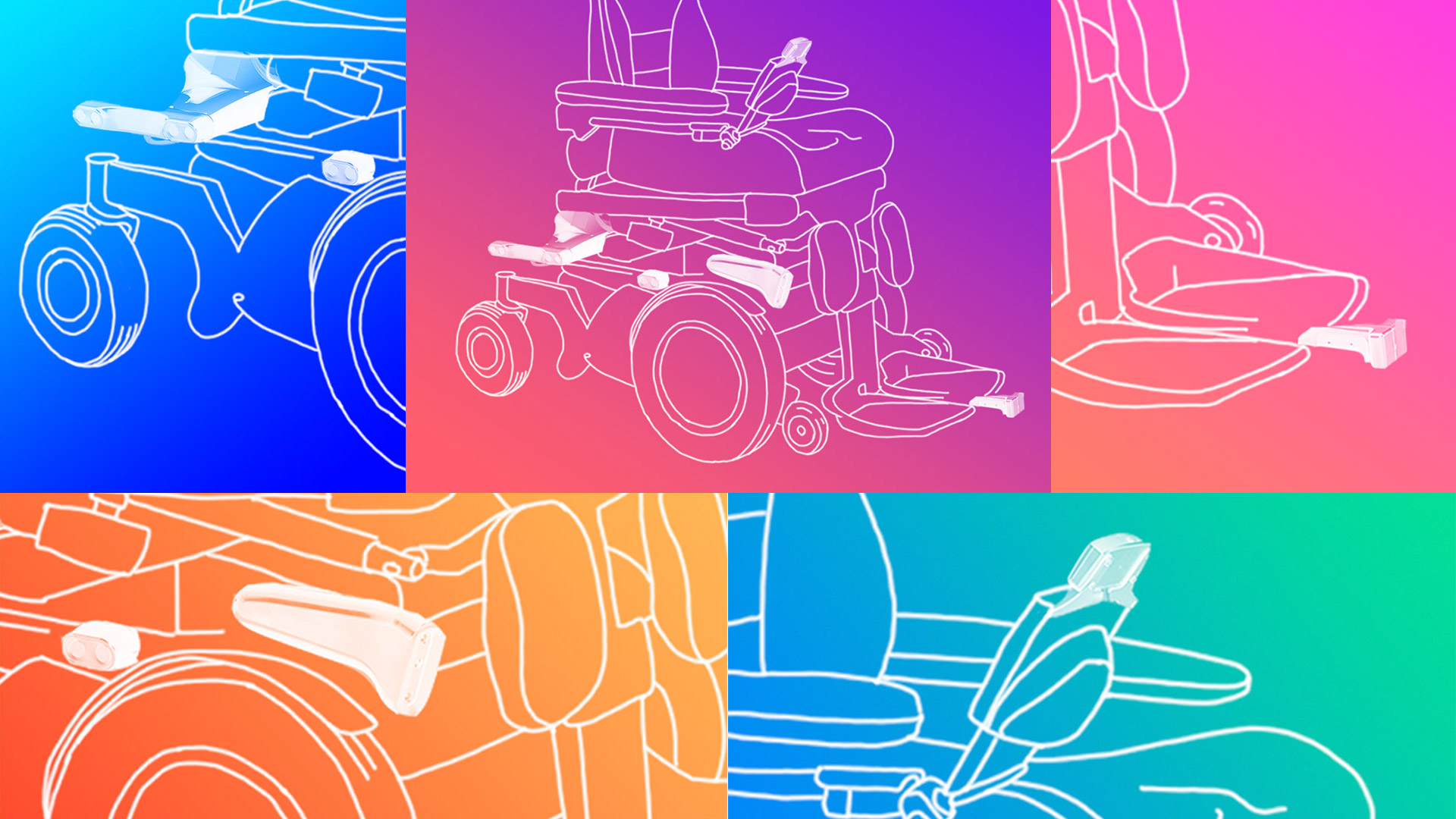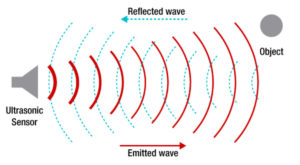Cars use ultrasonic sensors for cool features like backup warning and self-parking. They’re bigger and faster than power wheelchairs, so you might assume ultrasonic sensors would be more than enough to help power wheelchair riders navigate safely.
Unfortunately, your assumption would be wrong.
Ultrasonic sensors are great pieces of technology. They are affordable and widely available in some exciting uses. In addition to self-parking cars using them to safely squeeze into parking spots, they are used to automatically turn on and off lights, and detect motion in rooms. They are actively making millions of people’s lives easier, including mine.
But ultrasonic sensors alone are not the solution for wheelchair safety, even though their cheap simplicity is tempting. That’s because ultrasonic sensors have limitations, particularly around the quality of data they can deliver and their ability to safely judge tight spaces – like the narrow hallways that power wheelchair riders maneuver or narrow van ramps that must be taken perfectly. That’s why, at LUCI, our product uses a state-of-the-art combination of ultrasonic sensors, radars, and cameras to help wheelchair riders avoid collisions and drop-offs.
There are three main reasons why using ultrasonic sensors by themselves – let alone, a single sensor – is not sufficient for wheelchair safety.
1. Ultrasonic sensors are so common they can confuse each other.
Most cities now operate under a great, invisible flood of ultrasonic noise (cars in the parking lot, construction side range finders, motion detectors etc.). As one example, many newer office buildings use smart lights with ultrasonic sensors to detect whether people are present. In our research, we learned that when a chair with typical ultrasonic sensors entered a building like this, it would often get confused by the “noise” and start seeing things that weren’t there. Imagine not being able to drive in LEED certified buildings.
2. Ultrasonic sensors are good for seeing big things, but small things cause big problems for power wheelchairs.
Car manufacturers place ultrasonic sensors in car bumpers for parking assistance because they are generally pretty good at registering large, firm and/or reflective objects like other cars, garage doors and concrete pillars. But wheelchair riders have to avoid some important things that don’t fit that description, like other people’s legs. Or pets. Or even their furniture. In a wheelchair rider’s world, those things usually prove most difficult to avoid and that requires a different kind of sensor.
3. Ultrasonic sensors are not very specific, and every centimeter counts for power wheelchair riders.
At their most basic, ultrasonic sensors are range sensors. They can effectively tell you the distance to the closest object in their field of view. But they don’t tell you the bearing, or left/right location, of that object. If you only have ultrasonic sensors, you really don’t have much helpful information about your surroundings – just a distance to an unknown object, somewhere in the vicinity of the sensor. Too far away and it could be anywhere, too close and it has to exactly in front of the sensor. It’s like being lost at sea and learning there’s an island 10 miles away in … some direction. When you’re operating a power wheelchair that weighs a few hundred pounds, it’s helpful to know when someone’s ankle is nearby, but it’s even more helpful to know where it is.
One of the biggest challenges our engineering team faced was making sure the data LUCI runs on is high enough quality to get an accurate picture of the rider’s surroundings – despite the limitations of individual sensor technologies. To do so, our engineering team had to develop custom, proprietary ultrasonic sensor packages and post-processing software to address the limitations of the sensors. That’s right LUCI has its own circuit boards, custom transducers and algorithms. It wasn’t “the easy route,” but we knew how important every centimeter is for the people who use power wheelchairs to explore the world.
At LUCI, we love ultrasonic sensors and value the important role they play in helping us deliver on our promise of unrivaled security, stability and connectivity. Like millions of others, I have ultrasonics to thank for helping me prevent a few dents in my car bumper. But ultrasonic sensors have many challenges, including lack of close-range effectiveness, frequent confusion from cross-talk, the inability to look at the ground, and even that some frequencies cause cats to run and hide.
When it comes to wheelchair safety and protecting the people we love, the easy route isn’t good enough – and neither are ultrasonic sensors alone.















